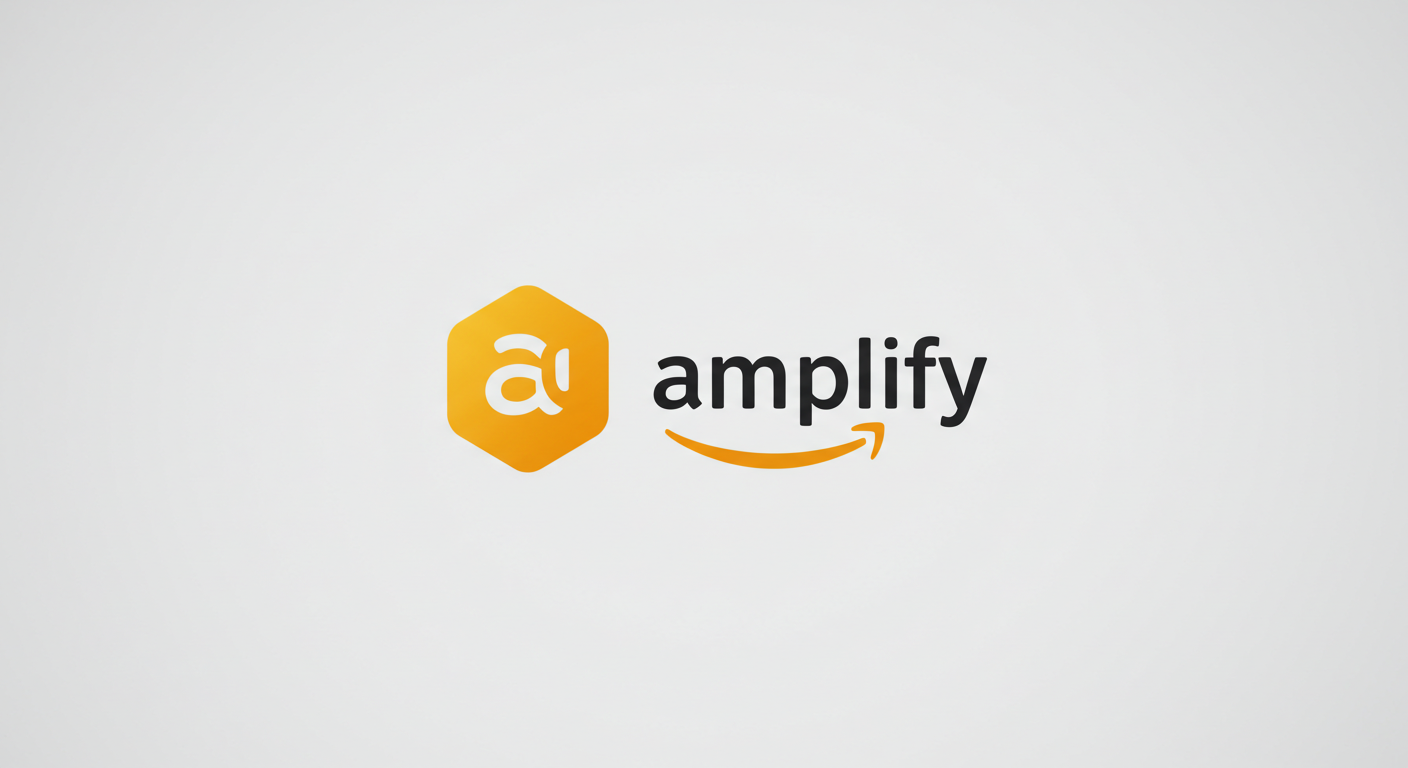
Serverless Hosting for Frontend Startups: 2025 Growth Accelerator

For frontend startups, adopting serverless hosting has become a strategic advantage in 2025, offering unprecedented cost efficiency, instant scalability, and reduced operational overhead. Unlike traditional infrastructure, serverless hosting for frontend startups eliminates the need for server management while providing automatic scaling to handle traffic spikes and user growth. This comprehensive guide explores how serverless technology accelerates startup development cycles and reduces time-to-market.
Startups like FintechFlow and DesignSprint have reduced infrastructure costs by 82% while improving deployment frequency by 300% through serverless adoption. By leveraging platforms like Vercel, Netlify, and AWS Amplify, frontend-focused startups can allocate more resources to product development rather than infrastructure management.
Why Serverless Hosting is Ideal for Frontend Startups
1. Cost Efficiency & Predictable Budgeting
Serverless hosting operates on a pay-per-use model, eliminating upfront infrastructure investment:
- No server provisioning costs
- Generous free tiers cover early-stage usage
- Pay only for actual resources consumed
- Zero cost during periods of no traffic
- Predictable scaling costs aligned with growth
For bootstrapped startups, this means preserving capital for product development and user acquisition rather than infrastructure.
2. Instant Scalability Without Engineering Overhead
Serverless platforms automatically handle traffic spikes and user growth:
- No capacity planning required
- Handles viral traffic or marketing campaigns
- Global CDN ensures performance worldwide
- Costs scale linearly with usage
- Eliminates “server overload” emergencies
This allows startups to focus on product rather than infrastructure scaling challenges.
3. Accelerated Development Cycles
Integrated CI/CD pipelines and Git-based workflows:
- Deploy with single git push
- Instant preview environments for testing
- One-click rollbacks to previous versions
- Built-in testing and quality gates
- Parallel deployment pipelines
Startups report 70% faster iteration cycles compared to traditional hosting.
4. Reduced Operational Complexity
Eliminates traditional DevOps responsibilities:
- No server maintenance or security patching
- Automatic SSL certificate management
- Built-in monitoring and logging
- Global CDN configuration handled automatically
- Seamless custom domain setup
Small teams can manage infrastructure without dedicated DevOps staff.
Top Serverless Platforms for Startups
 Vercel
Vercel
Best for: Next.js, React, and frontend frameworks
Startup Benefits:
- Unlimited preview deployments
- Edge network for global performance
- Integrated analytics
- Automatic image optimization
 Netlify
Netlify
Best for: JAMstack sites and static hosting
Startup Benefits:
- Generous free tier
- Built-in form handling
- Identity management
- One-click rollbacks
 AWS Amplify
AWS Amplify
Best for: Fullstack applications
Startup Benefits:
- Free tier includes backend services
- Integrated with AWS ecosystem
- Enterprise-grade security
- Pay-as-you-go pricing
 Cloudflare Pages
Cloudflare Pages
Best for: High-traffic applications
Startup Benefits:
- Unlimited bandwidth
- Built-in DDoS protection
- Global edge network
- Free unlimited sites
Cost Comparison: Traditional vs Serverless Hosting
| Cost Factor | Traditional Hosting | Serverless Hosting | Startup Savings |
|---|---|---|---|
| Initial Setup | $500-$2000 | $0 | 100% |
| Monthly Base Cost | $50-$300 | $0-$20 | 90%+ |
| DevOps Time (Monthly) | 20-40 hours | 2-5 hours | 85%+ |
| Scaling Costs | Over-provisioned resources | Pay-per-use scaling | 60-80% |
| Time to Market | 2-4 weeks | 2-4 days | 80% reduction |
Case Study: FintechFlow’s Serverless Journey
FintechFlow, a Y Combinator-backed startup, transitioned to serverless hosting in 2024:
- Challenge: $3,500 monthly hosting costs with frequent scaling issues
- Solution: Migrated frontend to Vercel + Supabase backend
- Results:
- Hosting costs reduced to $180/month
- Deployment frequency increased from weekly to 15x/day
- Page load time improved from 2.4s to 380ms
- DevOps workload reduced by 90%
- Successfully handled 10x traffic surge during launch
“Serverless hosting allowed our 3-person team to manage infrastructure that previously required a dedicated DevOps engineer. The cost savings alone extended our runway by 6 months,” reported CTO Michelle Rodriguez.
Implementation Roadmap for Startups
Phase 1: Foundation (0-3 Months)
- Choose primary serverless platform (Vercel recommended for frontend)
- Configure CI/CD pipeline with GitHub/GitLab integration
- Set up custom domain with automatic SSL
- Implement basic monitoring and alerts
- Establish staging/production environments
Phase 2: Optimization (3-6 Months)
- Add performance monitoring (Lighthouse, Web Vitals)
- Implement edge functions for personalization
- Configure automatic image optimization
- Set up A/B testing infrastructure
- Integrate analytics and error tracking
Phase 3: Scaling (6+ Months)
- Implement multi-region deployment
- Add advanced security measures
- Optimize cost with usage analysis
- Establish disaster recovery protocols
- Develop autoscaling strategies
Serverless Architecture for Startup Success

Recommended Tech Stack
- Frontend: Next.js/React with Vercel hosting
- Backend: Supabase or AWS AppSync
- Database: PlanetScale or AWS DynamoDB
- Authentication: Clerk or Auth0
- Storage: Cloudflare R2 or AWS S3
- Payments: Stripe with serverless webhooks
Avoiding Common Pitfalls
Critical Mistakes to Avoid
- Vendor lock-in: Maintain abstraction layers for key services
- Cold start issues: Implement warming strategies for critical functions
- Cost surprises: Set budget alerts and monitor usage dashboards
- Security misconfigurations: Implement least-privilege access policies
- Monitoring gaps: Implement comprehensive logging from day one
Read our guide on avoiding serverless pitfalls for detailed strategies.
Future-Proofing Your Startup
Emerging serverless trends for startups:
- AI integration: Serverless GPU providers for affordable AI features
- Edge computing: Processing data closer to users for real-time experiences
- WebAssembly: Running high-performance code at the edge
- Multi-cloud strategies: Avoiding vendor lock-in while leveraging best services
- Serverless databases: Auto-scaling data solutions like PlanetScale
Key Takeaway: Strategic Advantage
“For frontend startups, serverless hosting isn’t just a technical choice – it’s a competitive advantage. Startups using serverless deploy features 5x faster, scale effortlessly during critical growth phases, and allocate 40% more resources to product innovation rather than infrastructure management.”
Further Reading
`;
const blob = new Blob([fullHTML], {type: 'text/html'}); const url = URL.createObjectURL(blob);
document.querySelector('.download-btn').href = url;
});

 Vercel
Vercel Netlify
Netlify AWS Amplify
AWS Amplify Cloudflare Pages
Cloudflare Pages